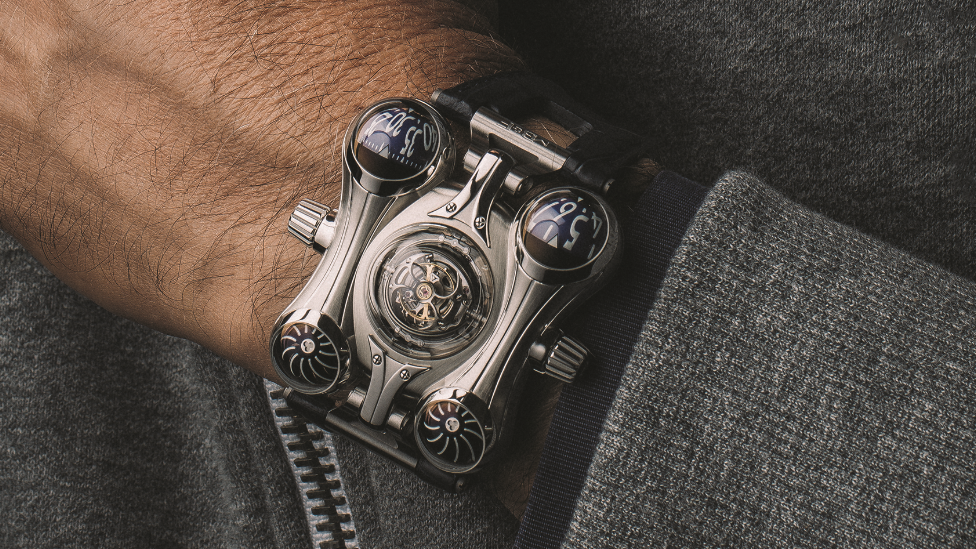Watches: A Briton at the heart of a Swiss tradition
- Published
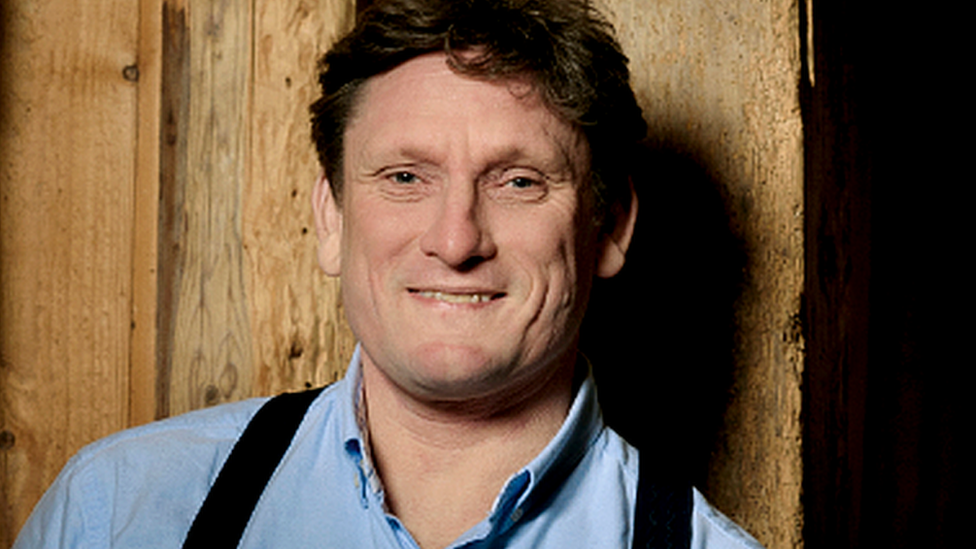
Making just 100 or so watches a year might not seem cost-efficient but when they can sell for up to £1m, that changes the financial dynamics.
The Swiss watchmaker Greubel Forsey is one of a new breed of independent manufacturers turning out products of incredible complexity.
Watch-making is Switzerland's third biggest export sector.
In an industry that dates back a couple of centuries, the 15-year-old Greubel Forsey is a newcomer.
But the firm's award-winning watches already have a serious following among collectors worldwide. In the tight-knit world of Swiss watch-making, any new piece from Greubel Forsey grabs attention.
"We specialise in technical impossibilities," says co-founder Stephen Forsey, who was born in the English town of St Albans, Hertfordshire, where he inherited his father's fascination with the intricacies of mechanics.
The firm's tourbillon, used in high-end mechanical watches to counter the effects of gravity on the way a watch keeps time, won one of the industry's "Oscars" for its accuracy.
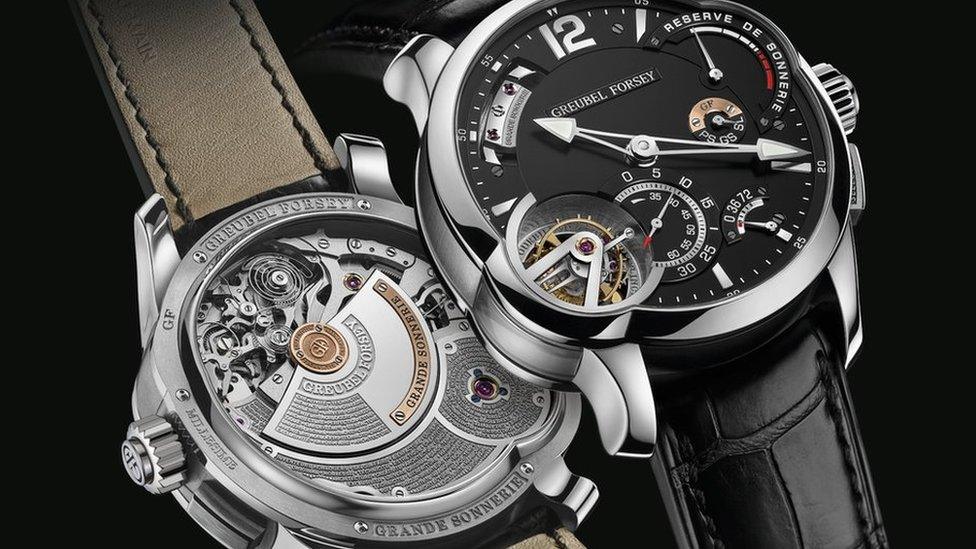
The Grande Sonnerie took 11 years to develop
Greubel Forsey has also won plaudits for the way its tiny hand-winding mechanism keeps watches running for longer.
And its 855-part Grande Sonnerie watch took 11 years to develop and is noted for the acoustics of its chime.
Mr Forsey and his business partner Robert Greubel launched Greubel Forsey in 2004. "We didn't set out to build a brand," he says. "We just wanted to work on creating more reliable mechanical watches, and started working on a few examples."
Roots
Greubel Forsey is based in a modernist all-glass workshop in a bucolic setting in La Chaux-de-Fonds, a Unesco World Heritage site regarded as the watch-making capital of the world.
Many of Switzerland's biggest (and smallest) manufacturers are in Geneva this week at the Salon International de la Haute (SIHH), where some of the most exclusive brands showcase their latest pieces.
But La Chaux-de-Fonds, about 150km north-east of the city, is where many of them have their roots.
It is where early watchmakers developed a system of apprenticeships and turned manufacturing into a cottage industry - hailed as an example of industrial efficiency in Karl Marx's Das Capital.
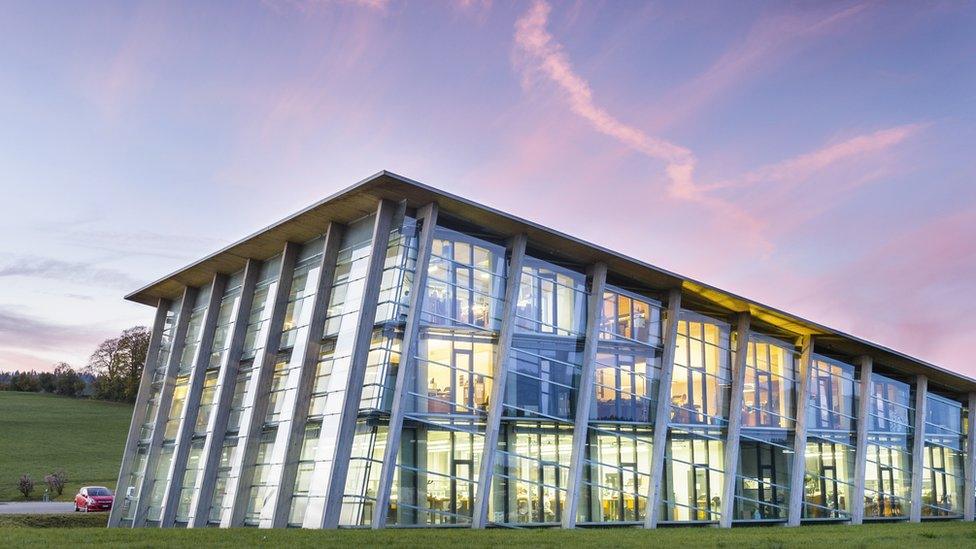
Greubel Forsey's modernist all-glass workshop
Mr Forsey learned his craft restoring antique watches at Asprey, the luxury jeweller in London.
It was the 1980s, and mechanical watches were going out of fashion.
But La Chaux-de-Fonds was where some of the industry's finest artisan watchmakers were still carrying on traditions, and Mr Forsey wanted to join them.
After studying horology in Switzerland he joined Mr Greubel's team at a company called Renaud & Papi, where they made some of the most complicated mechanical movements in the industry.
Mr Greubel, like Mr Forsey, discovered watch-making at an early age. In his case, it was in the Greubel family watch business.
"We were just bathed in the area, the heritage," Mr Forsey says. "It's a unique place." It's why, when they set up the business, it was important to stay in the area and tap into the skills of craftsmanship and hand finishing.
The company employs just over 100 people. That's equivalent to the production of about one watch per employee. Hand finishing - engraving, polishing, decoration, and so on - takes about four months per watch.
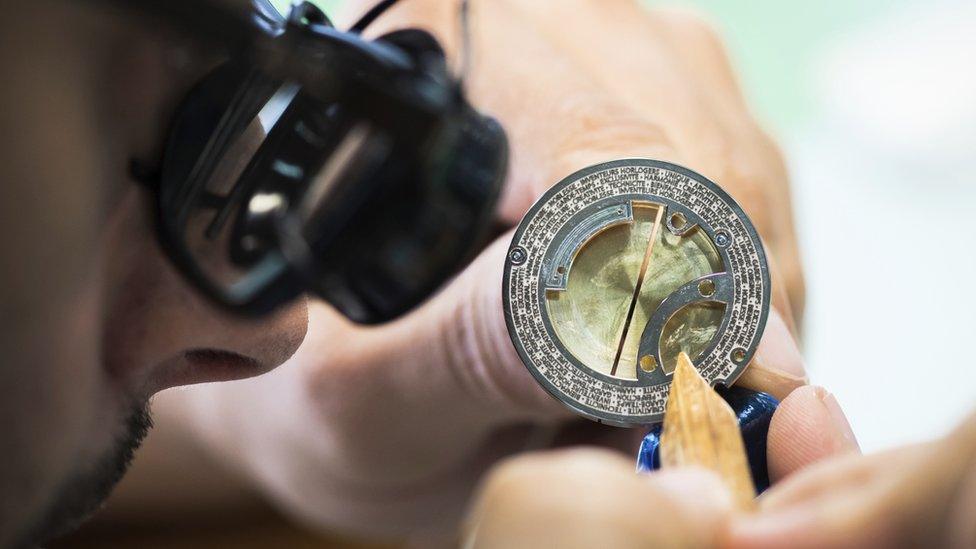
The company produces about one watch per employee a year
"An accountant probably wouldn't understand how it all works. It's not a sensible equation," he says.
"Every time you build a new design, a new movement, it's like building a new car. Concept, R&D, materials, production. For us, it's several million Swiss francs of investment each time."
While Mr Greubel focuses more on product and management, Mr Forsey looks after the technical side, the finishing and decoration.
"The division of labour works extremely well," says Mr Forsey. "But only because both our backgrounds are in complicated watch-making."
Rare
On Mr Forsey's wrist is one of his favourite creations, the Invention Piece 2. It took four years to develop. Just 22 were made.
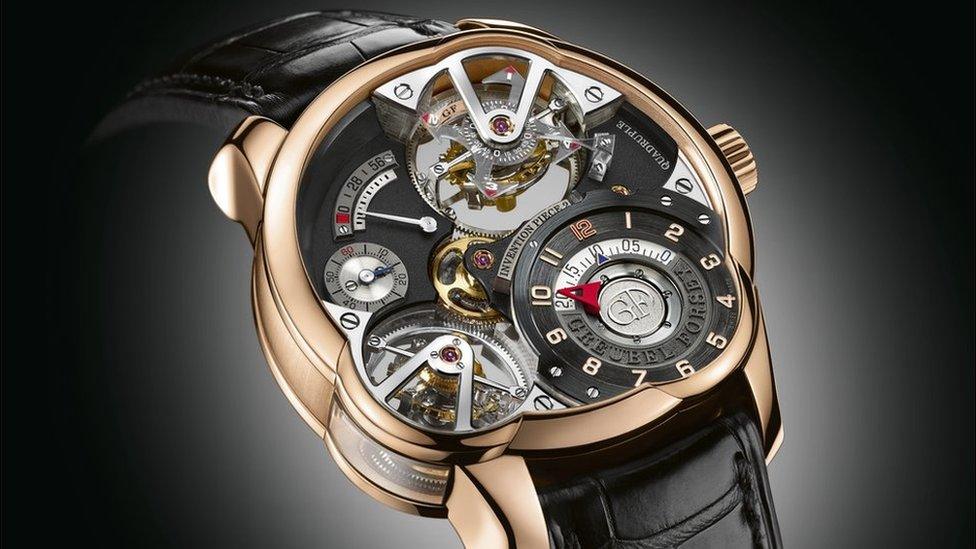
Invention Piece 2: Actually using it to tell the time is not really the point, says Stephen Forsey
Under the glass, the "open plan" mechanism is a glittering mix of spinning and ticking parts. Being able to see the time appears almost as an afterthought.
"The time display is just an accessory," Mr Forsey admits. "Buyers love the movement. Buyers want rare, exclusive creations. If we became more commercial we would lose the trust of our customers."
After all, if you're spending a six-figure sum on a watch, you don't want to be bumping into someone with the same thing on their wrist.
Having multi-millionaire customers gives a bit of protection against economic downturns in the industry, of which there have been several over the last decade and more. The super-rich tend to stay super-rich whatever the global economic situation.
Mr Forsey says he is more concerned about "mood changes" than economic changes. The wrong tweet or a change in fashion: these are the fickle things that affect sales.
- Published13 January 2019
